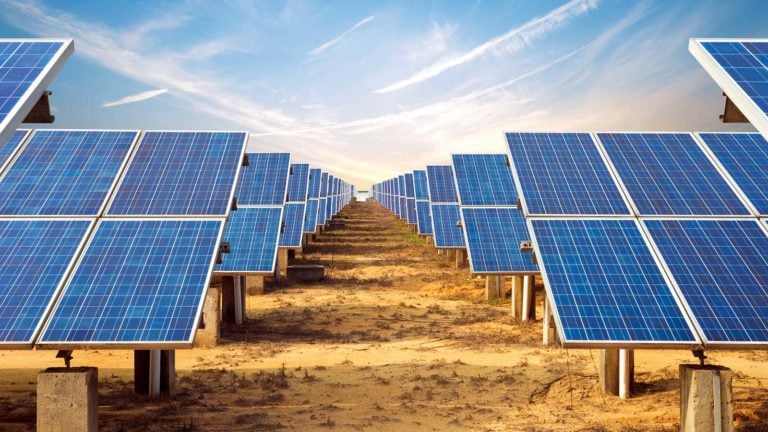Despite many governments and activists worldwide stating that renewable energy is the future, several companies that have invested in the industry have started to struggle. This has culminated in a few renewable energy stocks to sell to avoid portfolio losses.
Moreover, with the relative novelty of the renewable energy industry, various companies do not have the necessary capital and assets to lean on in times of trouble.
The three stocks being discussed, categorized as exchange-traded funds, are not necessarily doomed. However, their performance over the last few years has made them unlikely to produce meaningful returns.
This can be a result of broader global energy trends seeking cheaper fossil fuels as economic struggles worsen. Or it can be due to the generally expensive investments required to establish renewable energy generation.
Either way, the renewable industry in general is struggling to provide investors with meaningful returns over the last five years.
Global X Wind Energy ETF (WNDY)

Another clean energy ETF, the Global X Wind Energy ETF (NASDAQ:WNDY) has also produced major losses for investors over the last five years. These losses have translated to 24% reduction in value over the last 12 months. This drop likely stems from the high costs associated with developing wind energy farms.
While turbines come in all shapes and sizes, they tend to result in expensive costs per megawatt of electricity generated. Thus, many companies that fall under the ETF are struggling to turn profits in the early days of their electricity generation efforts.
What is even more concerning is the macroeconomic trend of inflation which has resulted in manufacturing and production costs skyrocketing due to material cost increases. As a result, many producers are unlikely to buy energy from clean generation sources like wind due to its uncompetitive price compared to natural gas.
Invesco Solar ETF (TAN)

The Invesco Solar ETF (NYSEARCA:TAN) once held the promise of capitalizing on the new rush toward renewable energy via solar infrastructure development. While this trend has earned many famous supporters, the state of the current global economy and a budding trade war with China have put a damper on the industry’s growth.
This reality is present in the performance of the Invesco Solar ETF as it has resulted in a 44% loss over the last 12 months for its investors.
TAN also gives investors a look into general adoption and integration trends of the solar energy sector. When looking at it this way, the solar energy industry has not performed to expectations.
This stands in contrast to the attention new nuclear energy projects are receiving. As such, Invesco’s Solar ETF might be one of the renewable energy stocks to sell as as solar may remain a minor energy source for the foreseeable future in the United States.
iShares Global Clean Energy ETF (ICLN)

Down 73% since first offered in 2008, the iShares Global Clean Energy ETF (NASDAQ:ICLN) offered by BlackRock has disappointed in its performance. The ETF trades as an amalgamation of 101 different holdings spread across the renewable energy industry.
Its top three components are First Solar (NASDAQ:FSLR) at 8.78%, Enphase Energy (NASDAQ:ENPH) at 8.69% and Vestas Wind Systems (OTCMKTS:VWDRY) at 5.57%.
Considering that these three companies are primarily wind and solar energy companies, the fact that they make up over 20% of the fund’s holdings shows why it has performed so poorly. As mentioned in the prior sections, both of these sectors are struggling to become mainstream, affordable sources of energy.
This restricts their potential to generate returns for shareholders and makes other oil and gas-based investments more lucrative. As such, investors should avoid the ICLN ETF until these industries find their footing or become more valuable.
On the date of publication, Viktor Zarev did not have (either directly or indirectly) any positions in the securities mentioned in this article. The opinions expressed in this article are those of the writer, subject to the InvestorPlace.com Publishing Guidelines.
On the date of publication, the responsible editor did not have (either directly or indirectly) any positions in the securities mentioned in this article.
